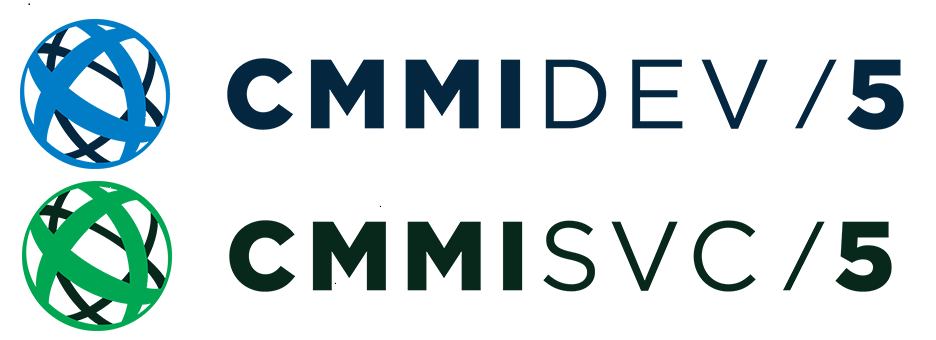Migration objective
The company struggled with the maintenance difficulties and lack of scalability of the bare metal infrastructure supporting their operations. Planning for and adding capacity took too much time and added costs. They also needed the ability to handle website traffic surges better.
Key Takeaways
- With planning, cloud migration can be a simple process. Smart Edge’s on-premise to cloud migration proved smooth and simple. Before actual migration, they created multiple clusters in GKE and performed several test migrations, identifying the right steps for a successful launch.
- Cloud streamlines load testing. Smart edge was able to quickly create a replica of its production services that it could use in load testing. Tests revealed poorly performing code paths that would only be revealed by heavy loads. They could fix the issues before Black Friday.
- Cloud scalability is key to customer satisfaction. As a fast-growing e-commerce business, SmartEdge realized it couldn’t afford the downtime or delays of bare metal. Their cloud infrastructure scales automatically, helping them avoid issues and keep customers happy. This factor alone underlines the strategic importance of cloud computing in business organizations like Smartedge.
Which Cloud Migration Strategy Is Right for You?
Cloud strategies are not one-size-fits-all. Choosing the right cloud migration strategy for your business depends on several factors, including your:
- What business results do you want to achieve because of the migration? How does your business measure ROI? What problems are you trying to solve via your cloud migration strategy?
- Business model. What is your current state? What are your core products/services and user needs, and how are they affected by how and where data is stored? What are your development and deployment needs, issues, and constraints? What are your organization’s cost drivers? How is your business affected by lack of stability or availability? Can you afford downtime?
- Security needs. What are your requirements regarding data privacy, confidentiality, encryption, identity and access management, and regulatory compliance? Which cloud security challenges pose potential problems for your business?
- Scaling needs. Do your needs and usage fluctuate? Do you expect to grow or shrink?
- Disaster recovery and business continuity needs. What are your needs and capabilities in this area? How might your business be affected in the event of a major disaster — or even a minor service interruption?
- Technical expertise. What expertise do you need to run and innovate your core business? What expertise do you have in-house? Are you allocating your in-house expertise to the right efforts?
- Team focus and capacity. How much time and focus can your team dedicate to the cloud migration effort?
- What business needs to constrain your timeline? What core business activities must remain uninterrupted? How much time can you allow for planning and testing your cloud migration strategy?
You can start with a plan, understanding the goals and desires of your business. Learn the right tools to lead you to cloud strategies and solutions that will work best for your business.










